When Elle Gilbert looks back on the most interesting experiences of her undergraduate years, planting potatoes will rank high among them.
It’s an activity the third-year student performed last November under the careful guidance of Quechua farmers working in the mountains of Peru, where she spent reading week completing a course called Indigenous Realities in Latin America (LAS 350H).
Taught by Victor Rivas of the Latin American Studies program in the Department of Spanish & Portuguese, the course has traditionally taken an in-depth textual look at the history, literature and present-day concerns of diverse Indigenous societies living in Latin America.
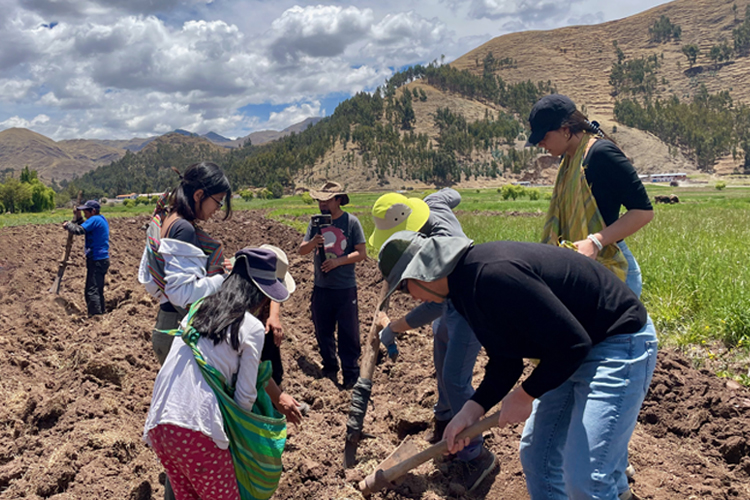
The 2023 class enabled students to engage more deeply with the texts they studied. As one of the Faculty of Arts & Science’s International & Indigenous Course Modules (IICM), it gave students a chance to deepen their knowledge by meeting online with Quechua community members living in the Peruvian town of Pomacanchi. Later, a group of eight were selected to visit Pomacanchi and participate in the activities of daily life — which included planting potatoes, some 4000 varieties of which are grow in Peru.
“Potatoes are so important to the culture there, and to the economy,” says Gilbert, who’s pursuing a double major in Latin American studies and psychology, with a minor in Spanish as a member of Victoria College. “It was amazing to go through the whole planting process and see how connected people are to their work, how that work is connected to nature, and how that connection is reflected in their culture.”
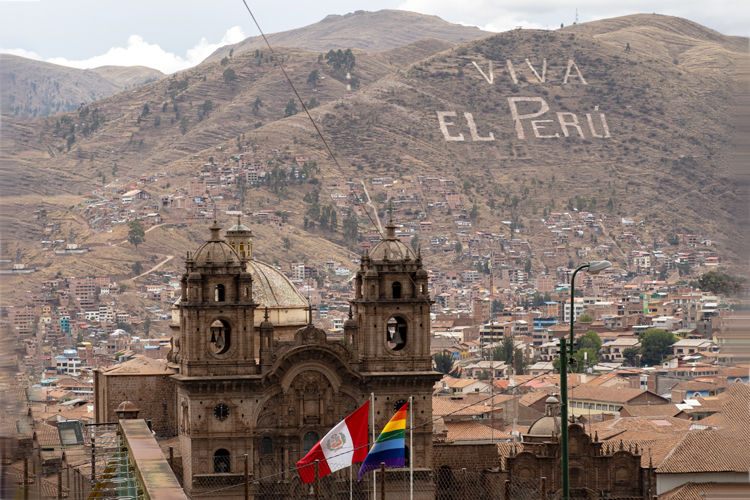
Rivas has taught the course since its inception in 2019. Born in Venezuela, he has consistently explored Indigenous issues both as an academic and in his past career as a journalist, noting their importance in Latin American life.
“Whether I’m discussing the Zapatista army in Mexico, or Rigoberta Menchu’s work in Guatemala, or the recognition of Indigenous peoples in Venezuela’s constitution — in teaching Latin American studies, I’m always going to be returning to themes that are Indigenous in nature,” he says. In Peru alone, 85 per cent of the population is of Indigenous or mestizo (mixed) heritage.
This year one of his students, PhD candidate Catherine Sawyer, connected him to Janett Vengoa de Orós, a Knowledge Holder and educator from Pomacanchi, Vengoa de Orós. The three redesigned the course so it could become a global classroom.
“Janett facilitated interaction with students from the area, who are learning how to appreciate and promote their own culture,” Rivas says. “She also connected us with other visitors: one week we had a historian, another week a broadcaster. We also had a speaker who discussed the concept of cultural tourism.”
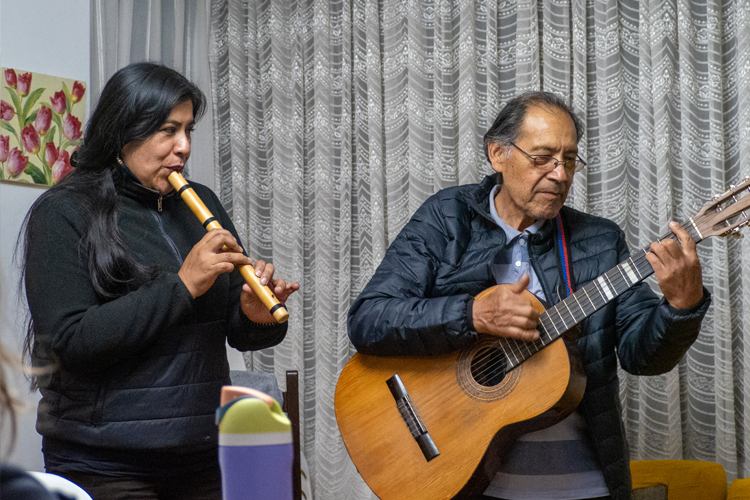
In Pomacanchi, located roughly three hours south of Cuzco, the students spent each day engaging in local life: hiking the Altiplano, one of the world’s largest plateaus, to see pre-Inca ruins; visiting a reserve that is home to the vicuña, an animal with both economic and spiritual significance; learning about the history of fishing and mining in the area; and, of course, planting potatoes — an enterprise still carried out with the same tools used in pre-Hispanic times.
Sharese Taylor says that while these activities were important, what stays with her is the inclusive practices of the people of Pomacanchi.
“Seeing the way people treat each other was really important for me,” says the fourth-year student and member of Victoria College, who has a double major in Spanish and French language and literature. “One example is that when we were sitting around the table in community, they really tried to connect with each of us on an individual level and recognize that each of us has particular talents that we bring to the table.
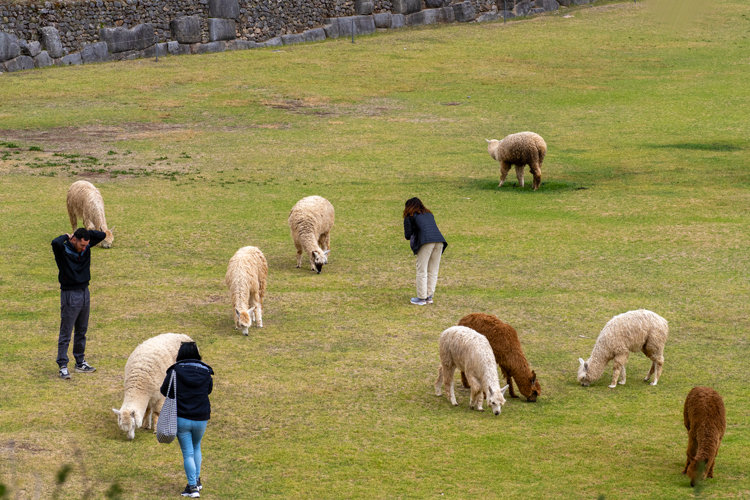
“These efforts toward inclusion are also evident through other community practices. When describing cultural and religious celebrations, for example, they explained how everyone, despite their religious affiliations, was welcome to participate. I really loved that — it shifted my own perspective on how I approach others.”
First-year student Albert Xie, who’s studying mathematics and physical sciences as a member of University College, was moved by the connection to nature he found while visiting the vicuña reserve — home to beautiful animals valued today for the soft wool they produce, and revered as sacred during the days of the Inca Empire.
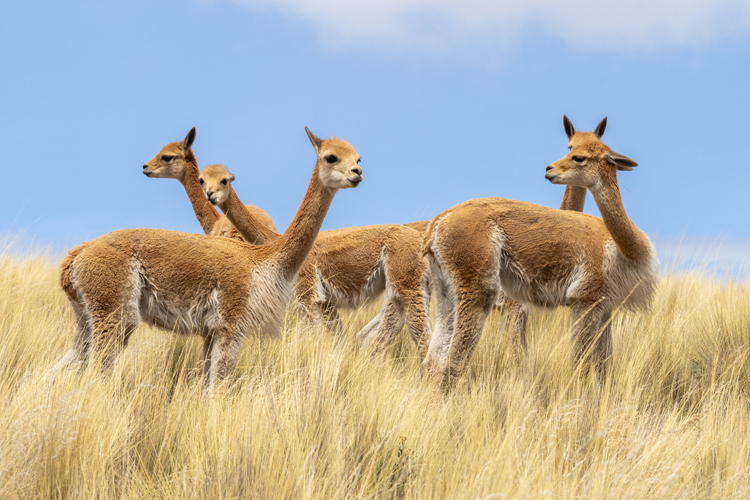
“It was such an authentic experience,” he says. “When I was there, I was really conscious of the earth that was sustaining me: thinking about what that earth means, what the animals mean, what the mountains mean to so many people.”
Peru is a favourite country with tourists, particularly with those travelling to the Inca citadel of Machu Picchu. On this trip, however, students grappled with the notion of extractive tourism, where travellers take much from their destinations but leave nothing in return. Indeed, tourists frequently leave places worse than they found them. This led to discussions of what healthier travel might look like.
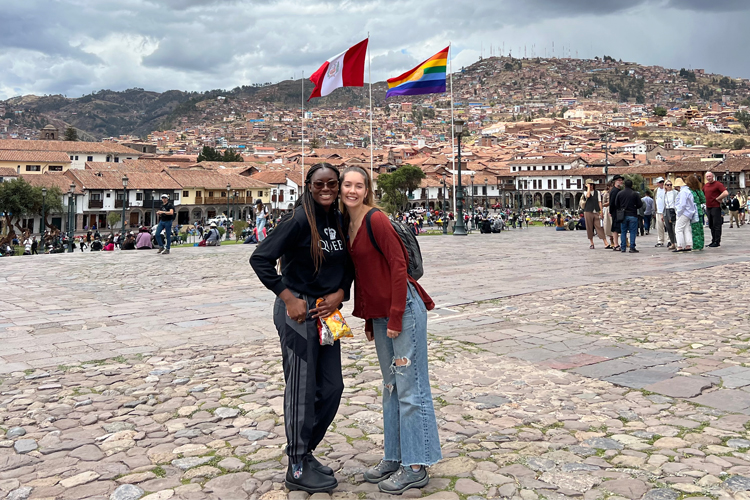
“We need to be ready to challenge our preconceived notions of not just places, but how we have accumulated knowledge about them,” says Xie. “If we don’t pay respect to the people, and learn from them, we’re doing that knowledge a disservice.”
Indigenous Realities of Latin America is a course featuring many fascinating texts, from Nahuatl poetry to political manifestos. But as Rivas says, the intensive engagement provided by both the global classroom and the IICM have now made the experience that much better.
“There’s no substitute for experiencing these ideas in person,” he says. “It’s invaluable, and we should do it whenever possible. And it’s especially important when we’re studying the cultures of other people.”

